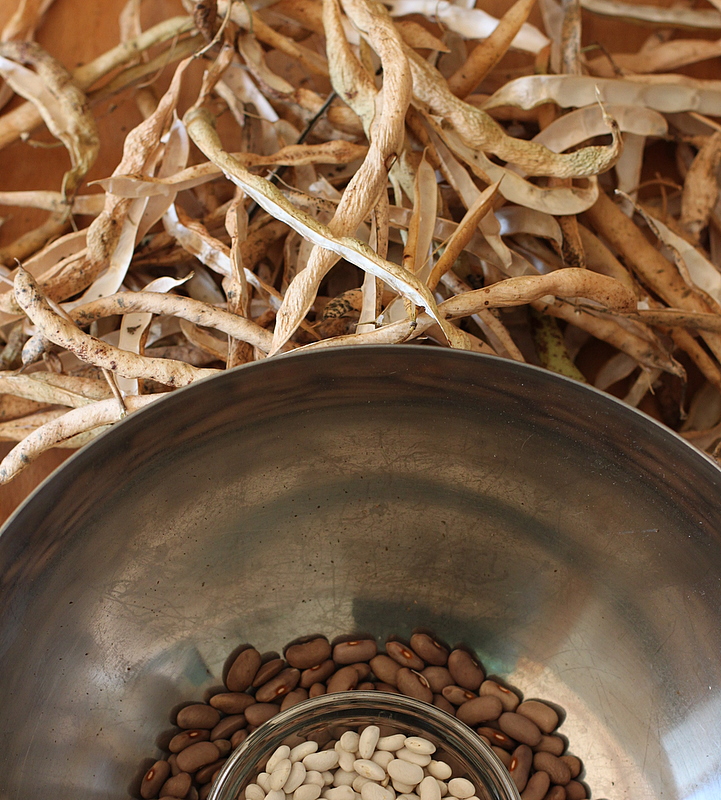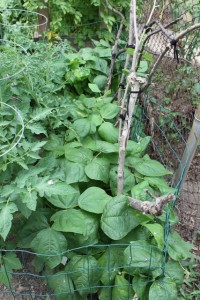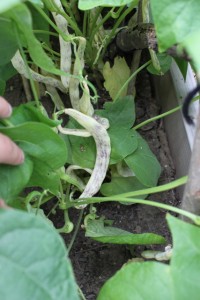 Have you ever made homegrown dried beans?
Have you ever made homegrown dried beans?
It's a lengthy and annoying process, in my opinion. I do it every year because I just can't stand to waste.
Here's how it goes:
I try to pick fresh green beans I grow every few days. We like the little sweet ones.
Beans are prolific. The bright green leave camouflage the slender green sickles. I miss many that then grow too big for us to enjoy fresh.
What's a lazy girl to do? Leave them on the vine, growing until they are full of fat beans. I leave them there while they whither. I don't pick until the leaves themselves have withered and I'm tired of looking at the whole mess.
Finally, after a few days without rain, I pick all the pods. I dry them further outside (where sometimes I forget to bring them in and they mold, see the dragon tongue yield on right) or in the house in a big bowl.
Weeks later, or when I can't stand the big bowl sitting around any more, I harvest the beans by hand. I crack each papery husk and remove the dry beans inside. It takes an hour or more to select the edible from the inedible. I leave them in open topped containers, stirring occasionally, to be sure the beans are truly dry before pantry storage.
The metal bowl above was filled to overflowing with bean pods and look at the tiny yield: a half pint jar of Kentucky pole beans, a half pint jar of another bean, and a scant few tablespoons of dragon tongues beans (left to right in top picture).
Harvesting homegrown dry beans, a timely process, makes me appreciate how inexpensive they are at the store. Freshly dried beans have fantastic texture and I will enjoy my tiny quantity. I just can't see trying to grow them for dry storage in any quantity without processing equipment.






